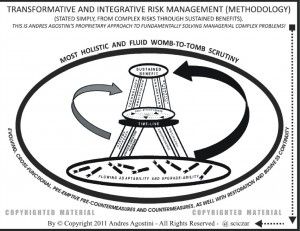Jan 20, 2014
REMINDER: Asimov’s Laws Of Robotics Won’t Protect You And Robots Will Be More Than Happy To Kill Us All
Posted by Seb in categories: existential risks, robotics/AI, security
 You may have noticed we have a soft spot for sci-fi author Isaac Asimov. His fiction, especially as it pertains to robotics, cemented him in the sci-fi canon and advanced the thinking on what practical robotics would look like in the future.
You may have noticed we have a soft spot for sci-fi author Isaac Asimov. His fiction, especially as it pertains to robotics, cemented him in the sci-fi canon and advanced the thinking on what practical robotics would look like in the future.
He also used his fiction to entertain a foreboding question: Should a robot be able to kill a human?
Asimov decided not, and drew up three “laws of robotics” that governed how robots behaved in his fictional universes.














